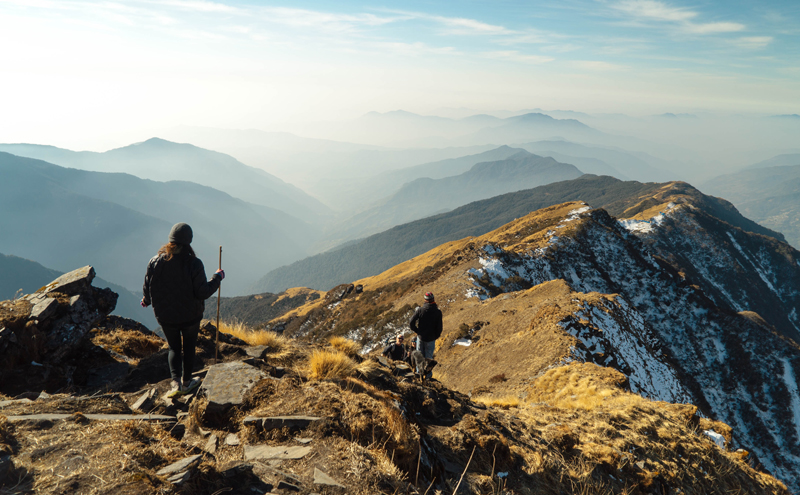Hiking has been around for ages. Over the years many different types of hiking have developed. Do you know how many there are? Many are named quite straightforward with what you do. Today we’ll take a look at the various ways you can get closer to nature on or off the trails, and into the outdoors.
1. Backpacking
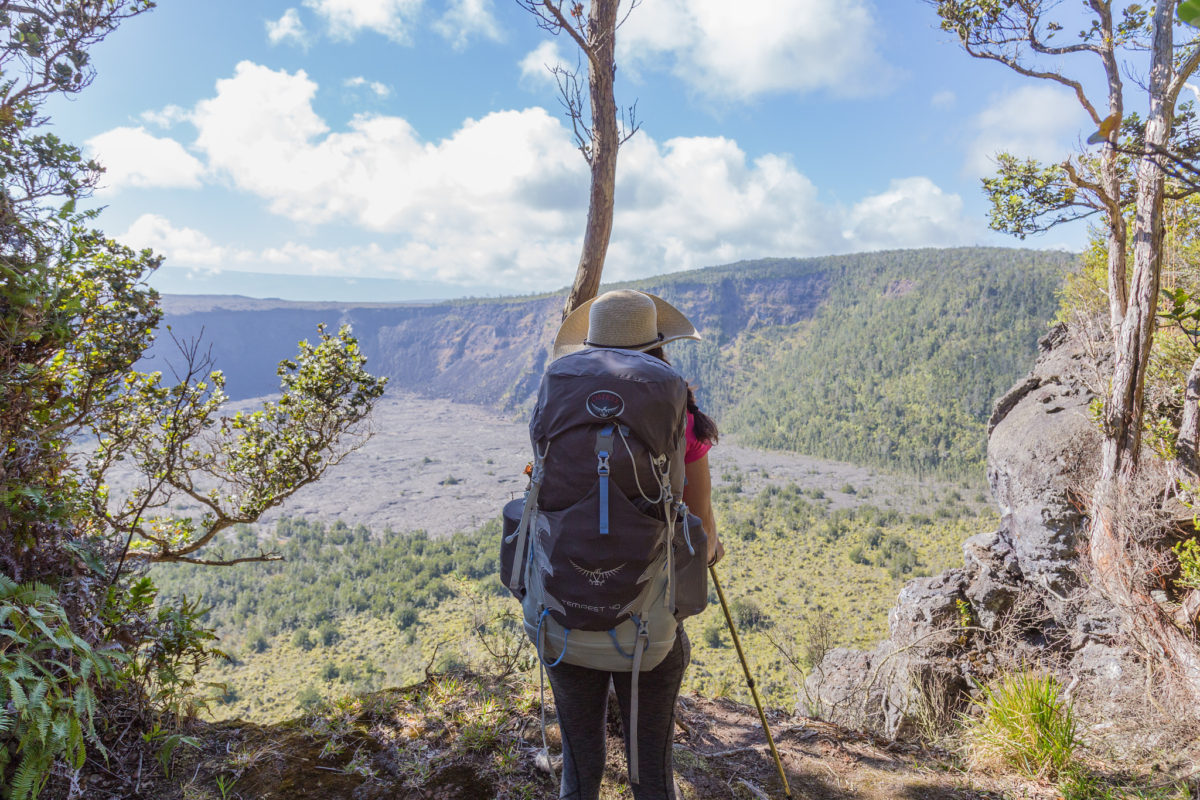
Backpacking involves spending the day carrying all your gear and equipment on your back, traveling and hiking through nature. Then, you sleep outside in a tent or hammock. These types of trips can last anywhere from one night to several months.
This type of hiking allows for a level of self-sufficiency and the ability to spend more time away from stresses of day to day life and instead closer to nature. Many other forms of multi-day hiking with camping in this list are also encompassed by backpacking.
2. Thru-Hiking
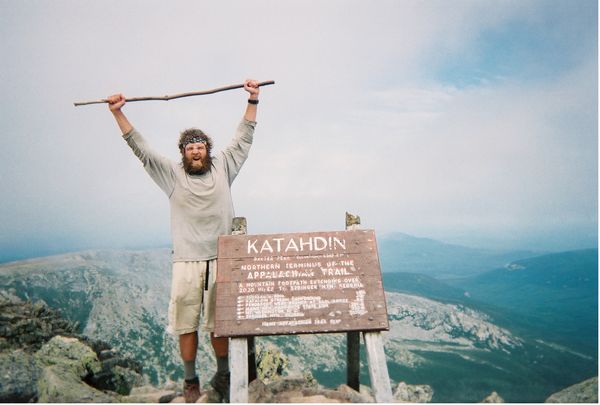
Thru-hiking is a form of hiking an established end-to-end hiking trail or long-distance trail with continuous footsteps in a single direction. One of the most popular thru-hikes is the Appalachian Trail. This mammoth size trail encompasses quite an undertaking with thousands of hikers attempting this each year. Based on statistics from AppalachianTrail.org, only one in four makes it the entire way. A typical thru-hiker can expect to make the journey in about 5 to 7 months.
3. Peak-Bagging
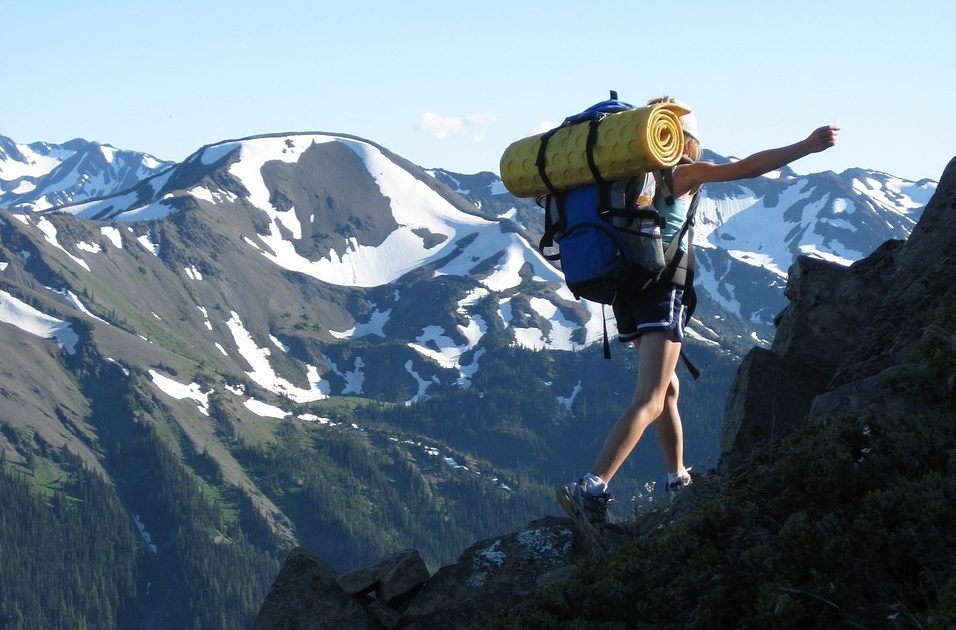
Peak-bagging is a style of hiking in which a group of hikers, mountaineers, and climbers attempt to reach a collection of summits that are part of a list. There are many different lists that a peakbagger can follow. These lists generally consist of a set of peaks within a specific geographic location with popularity or significance (such as being the highest or most favorable).
4. Bushwhacking
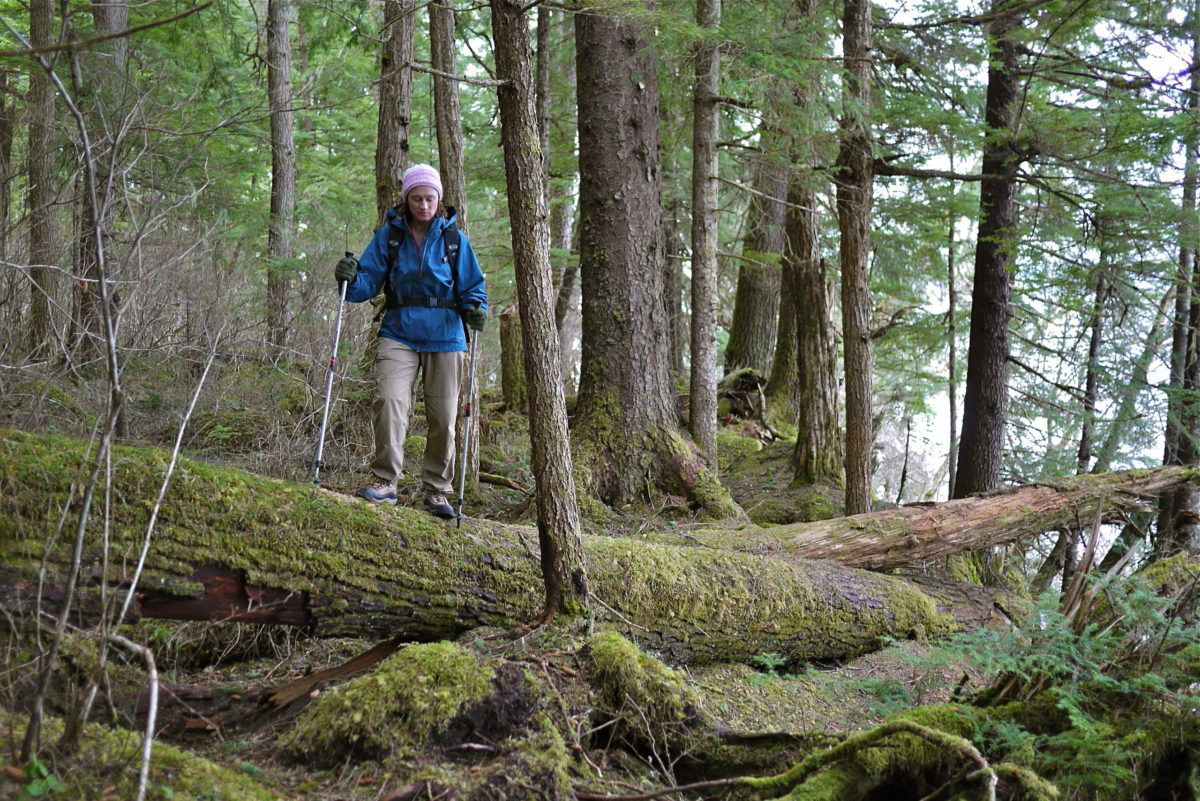
Get ready to get off the trail… and into the woods. Bushwhacking as the name suggests involves whacking through bushes! In all seriousness, this type of hiking involves cutting or push one’s way in a specified direction through dense vegetation. You’ll need to clear a path through thick woods by cutting down bushes and low tree branches.
This challenging non-trail hike means you’ll be hiking through dense forest for the journey rather than the destination. You can expect fallen down trees, streams, rocks, mud, ravines, and more. The goal is to make it to the other side of the woods by any means necessary.
5. Section Hiking
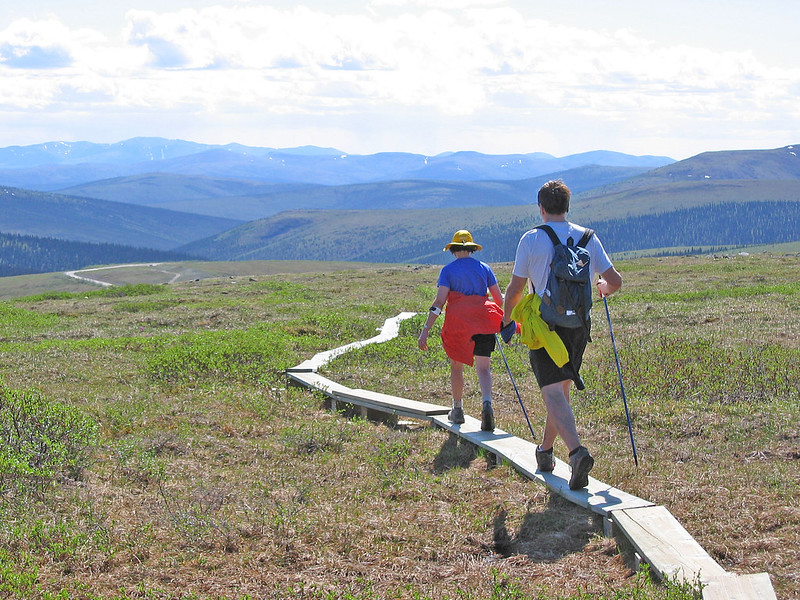
Section hiking is a form of hiking where you’re hiking a long trail in multiple phases. This can be done in a few different ways such as several weekend trips. Some section hikers may plan to do one half of the trail one visit and complete the other half next time. One popular spot people choose to section hike is the Appalachian Trail. This way, they do not have to take time off from work, and can still complete the trail in pieces.
Section hiking works best for people who don’t have the time for a traditional thru-hike. Most people are not alone when it comes to the idea of quitting their job to spend six months hiking the Appalachian Trail, and instead choose section hiking.
6. Day Hiking
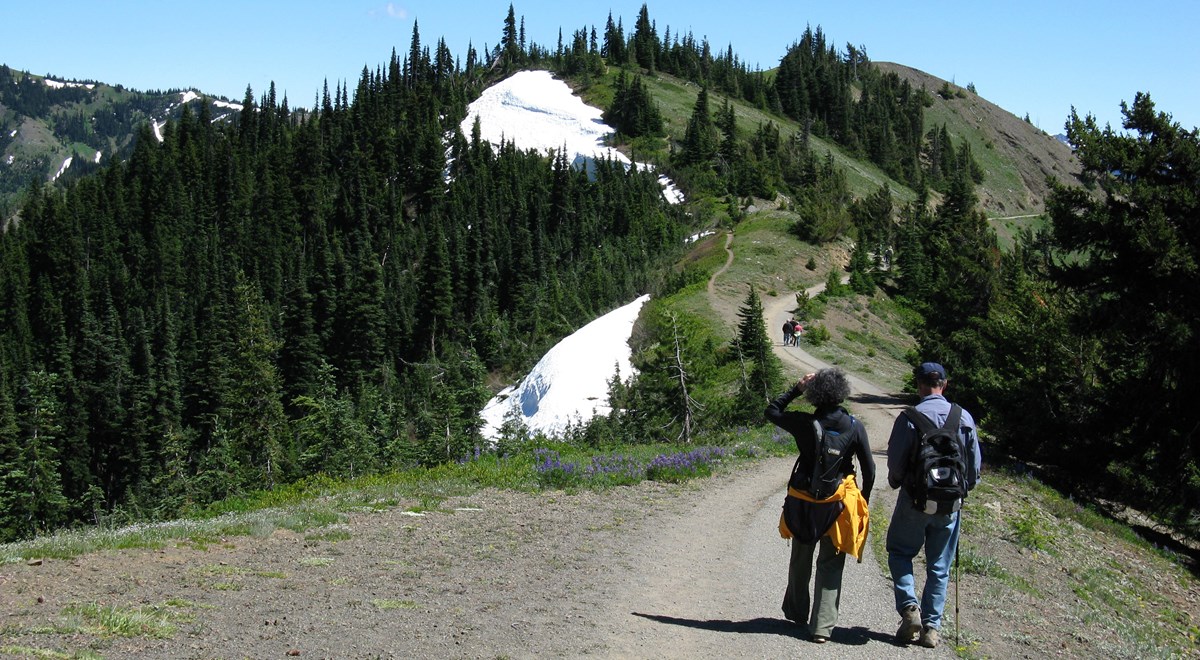
Heading out for a day hike is what comes to mind for most people when they think of hiking. A day hike refers to a hike that can be completed within a single day (no overnight camping). This is a fantastic way to spend quality time with others and get into a park or designated nature trail that’s away from the computer or TV.
7. Base Camping
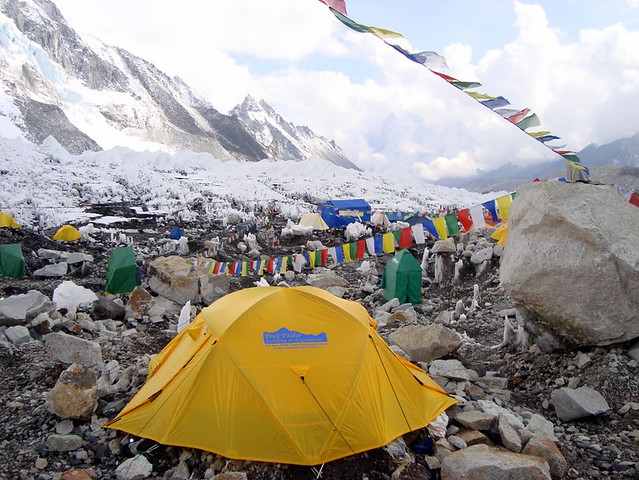
Base camping allows you to set up a camp that acts as a home designated around day trips and hikes. This type of camping allows you to leave your tent set up at your campsite each day. For example in the image above, this base camp is set up at Mount Everest where many people trek to for the Himalayan views.
8. Long-Distance Hiking
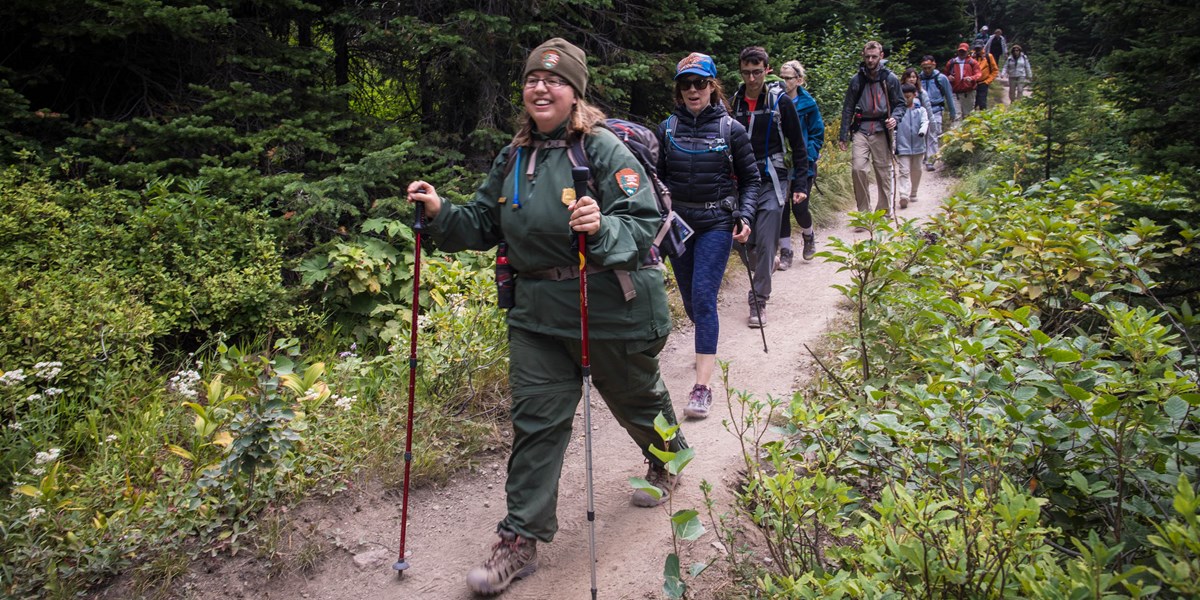
Long-distance hiking is a longer recreational trail through rural areas (marked on maps). The National Park Service defines a national scenic trail as 100 miles or longer that’s continuous and primarily derived from non-motorized routes. Typically a long-distance hiking route will be at least 30 miles long, with many running several hundred miles, or longer.
9. Naked Hiking
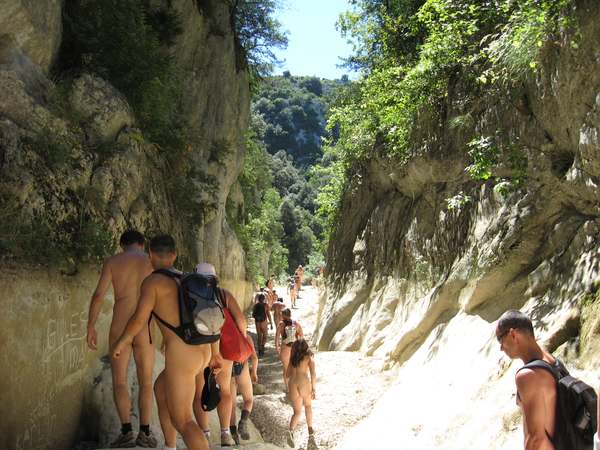
Not for the modest, naked hiking involves exactly what’s in the name: hiking naked. Naked hiking day is held on the Summer Solstice, June 21st. Each year hikers see this as a summertime ritual and right of passage for thru-hikers to participate in. Thru-hikers on the Appalachian Trail and Pacific Crest trail are the most popular spots since they’re more remote and away from heavily trafficked areas, without the risk of offending anyone or scaring small children.
10. Summit Hiking
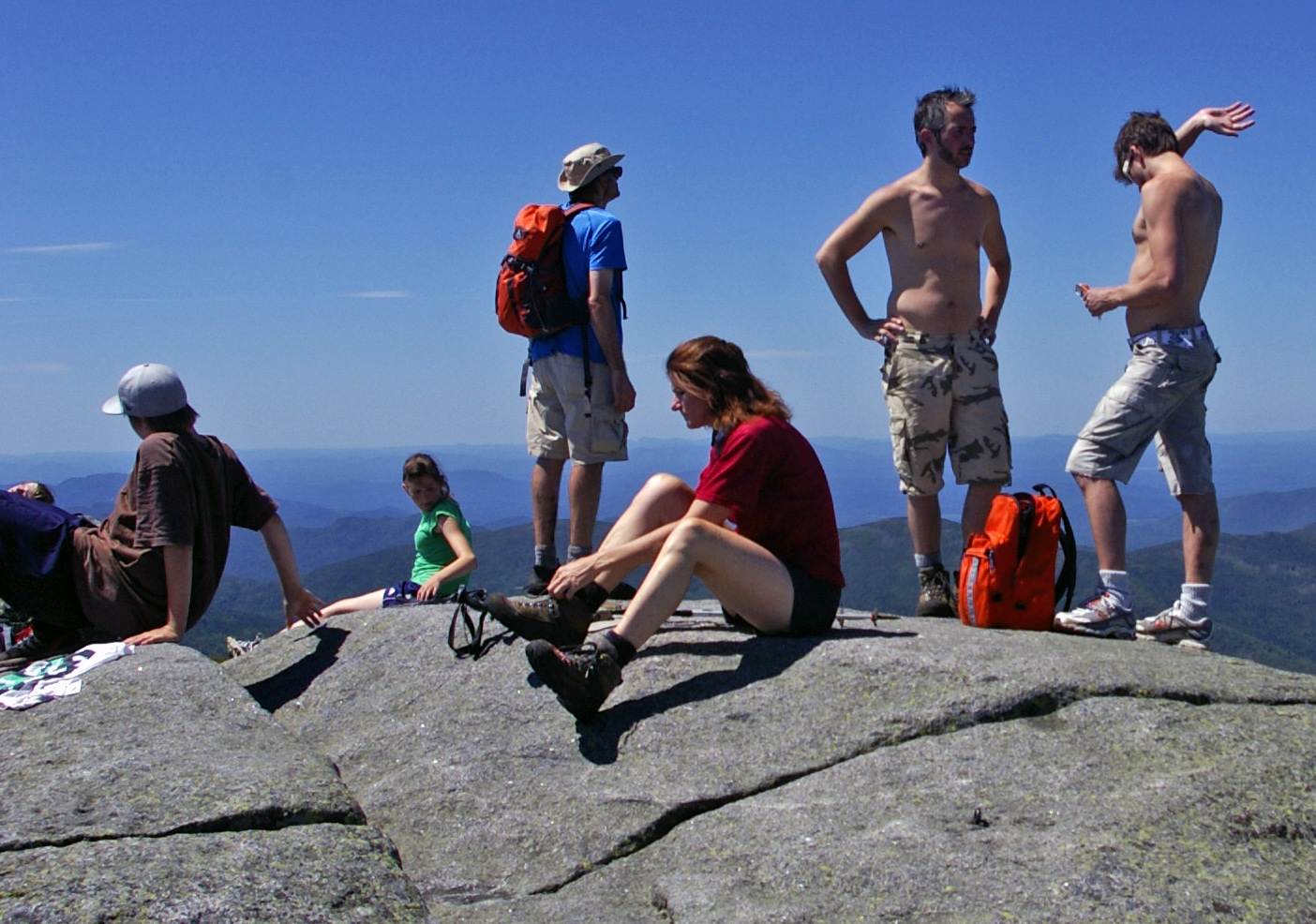
Top of the mountain to ya. Summit hiking involves hiking to the highest point and peak of a mountain. This is at a higher elevation than all points adjacent, providing a wide and breathtaking view of the world below. These hikes are quite rigorous as you’ll be going uphill at a steep incline and going down at a steep decline. During the journey, it’s key to avoid falling or tumbling. Many summit trails include a hand trail or stairs to help travelers on their hike.
11. Dog Hiking
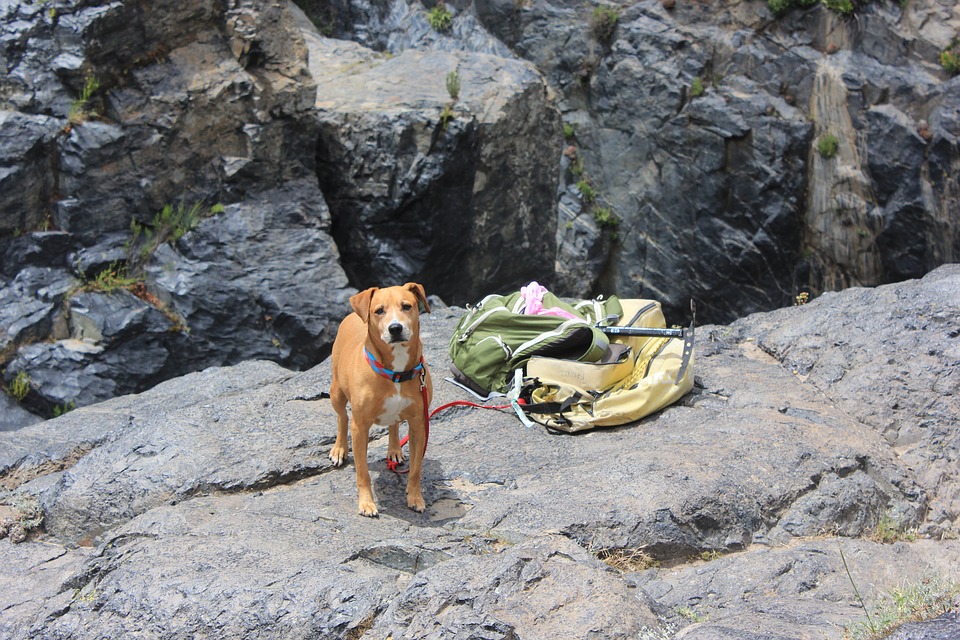
Dog hiking refers to a form of hiking in which dogs travel alongside their owners. This is most commonly done with dog owners when they go hiking to enjoy the companionship of their pet while avoiding leaving them at home. With your dog, you’ve also got added safety and some extra carrying capacity.
12. Waterfalling
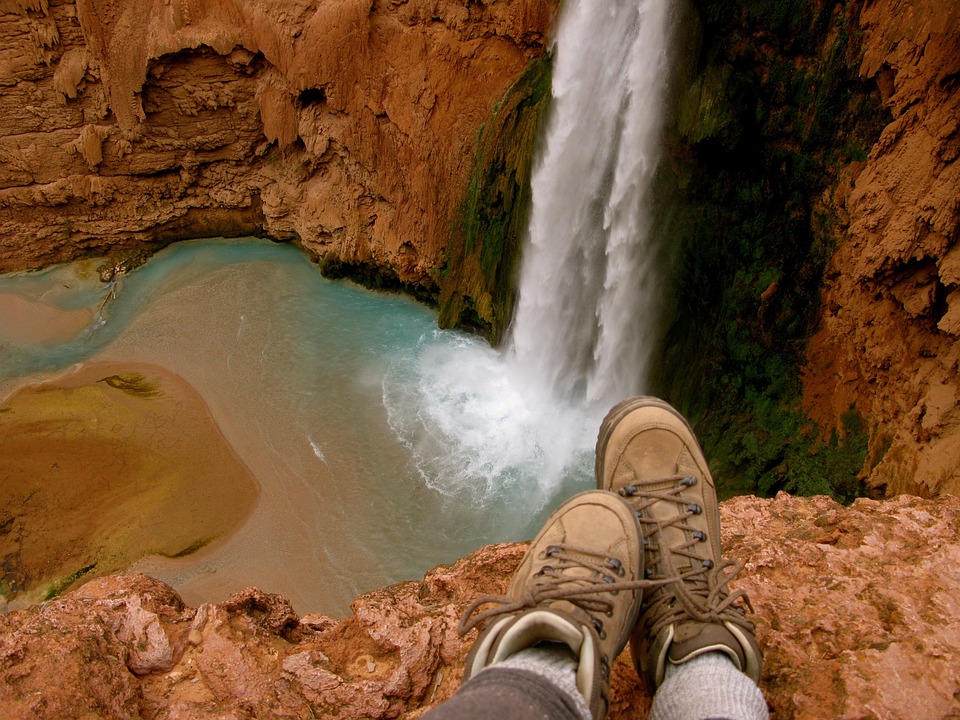
Waterfalling is where people go waterfall hunting and waterfall hiking. This is a form of hiking with the purpose of finding and enjoying waterfalls.
13. Scrambling
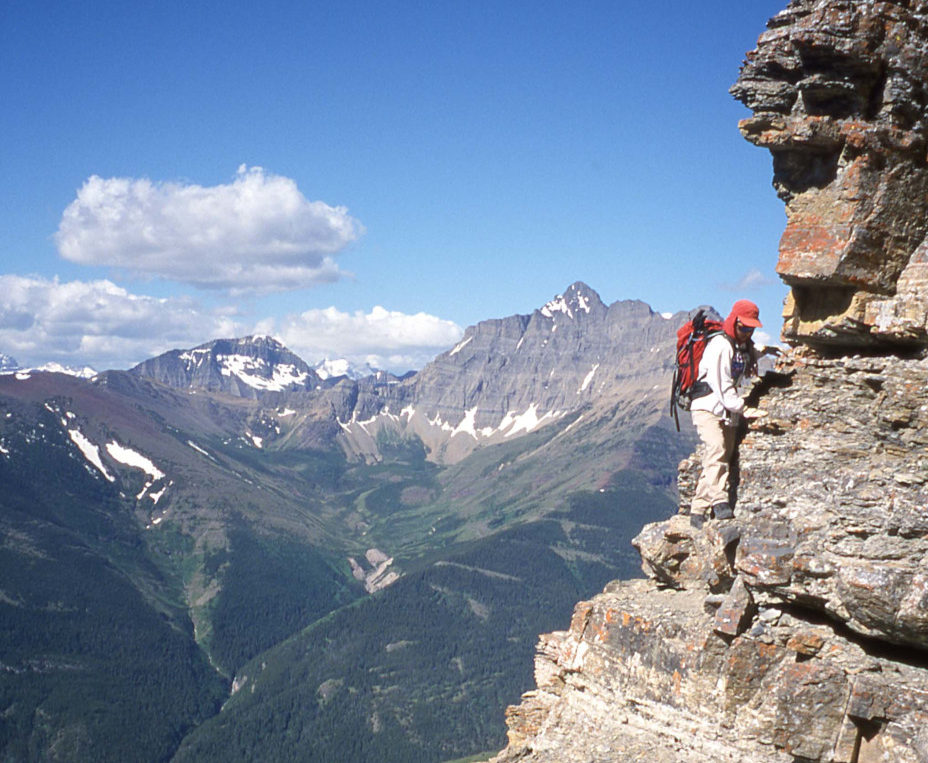
Scrambling (also known as alpine scrambling) is a type of hiking that also involves hillwalking, mountaineering, and rock climbing. This is a walk up steep terrain using one’s hands. A summit is typically the destination with scrambling in high mountains that may not follow a direct path or trail.
14. Glacier Hiking
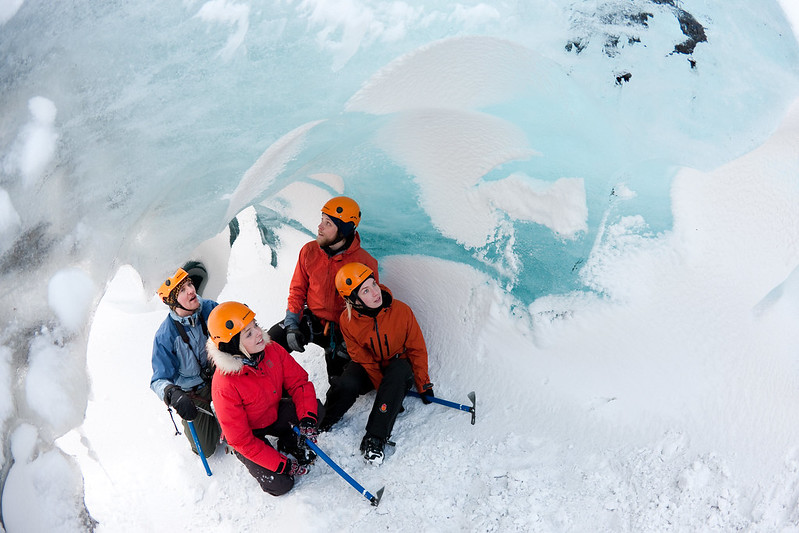
Glacier hiking defines as the activity of hiking a glacier with special equipment for traversing the area. This includes crampons, rows, suspender belts, helmets, and ice axes. Hiking through glaciers has become a popular tourist activity with guides providing special knowledge for the ever-changing environment. Hazards such as a serac and crevasses can be difficult obstacles, and it’s important to be careful and aware of them during this activity.
15. Swimhiking
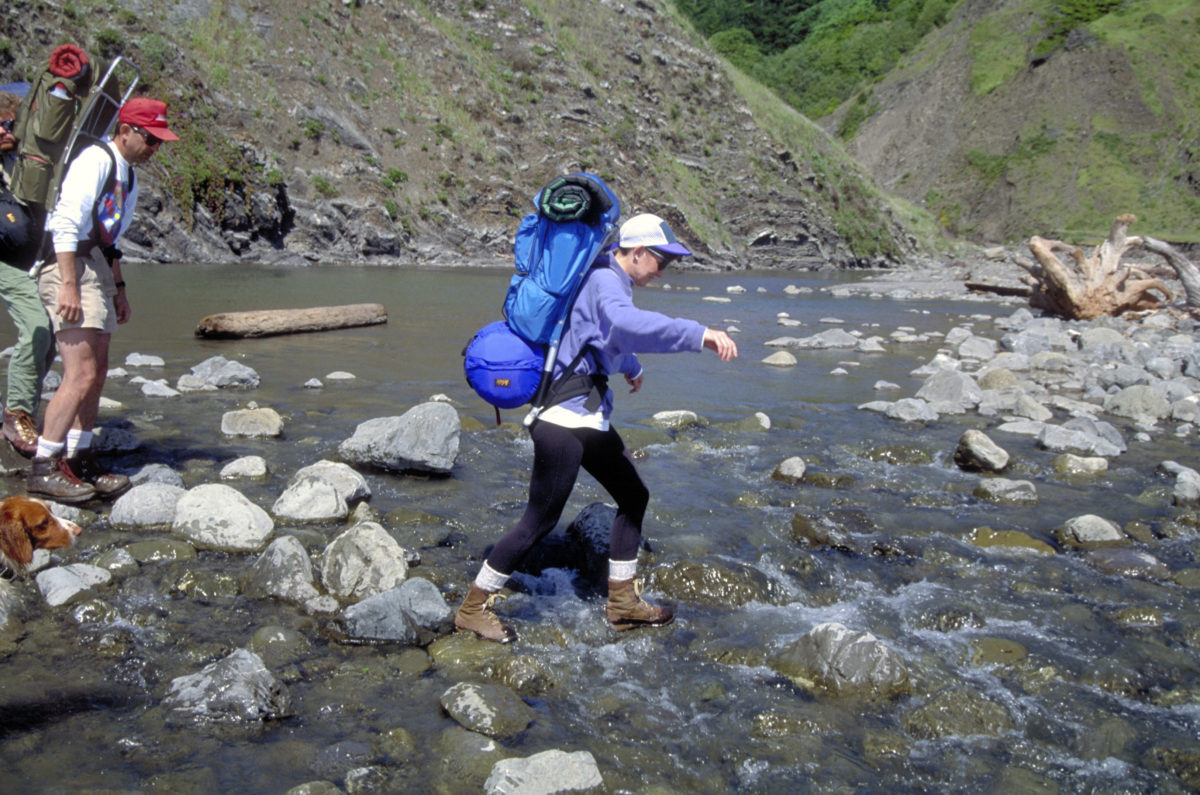
Combine hiking and outdoor swimming and you’ve got swimhiking. This activity involves that when hiking and you arrive at a lake, that you change into swimming gear and swim across the lake. On the other side of the water, you change back into hiking gear and continue hiking. You may be walking across rocks in hiking boots, and then traversing the waterway further downstream.
Conclusion
At the end of the day, it’s up to each hiker to classify their adventure however they see fit. However, these are the most popular styles of hiking. This includes variations of backpacking, long-distance hiking, and day hiking. Within those categories, most hikers aim to achieve a destination at the peak of their hike.

